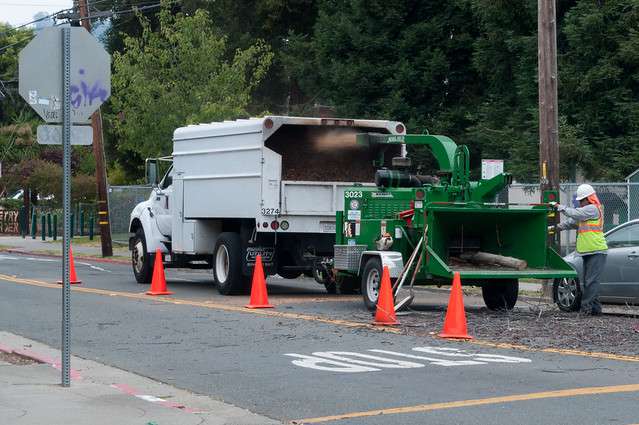Spectrophotometers Are Essential to Efficient Color Quality Control
In order to run a color quality control system efficiently, it’s important to have specific tolerances to define the desired color. This CIELAB system assigns a numerical value to color, If we have a number then we can define acceptability limits. An object’s CIELAB value can be assessed accurately and objectively by a spectrophotometer, which measures reflected light. Using a spectrophotometer to measure traffic cones ensures that cones that do not meet the standard will not be shipped to a customer.
Human color perception is subjective. What one person thinks matches a color sample may disagree with another person’s opinion. Lighting conditions also alter color perception; cones in a warehouse lit by fluorescent lights appear a different color than cones in bright daylight. Any of these circumstances can cause human color control analysts to make mistakes, either passing off-color cones or rejecting on-color cones. A spectrophotometer controls these variables using standardized detectors and standard illumination settings, and in doing so, removes subjectivity and risk from the quality control process.
Better yet, spectrophotometers can be used to measure samples of batches in process. By comparing these to previously recorded standards, manufacturers can determine if a batch will set in the right color. If the batch is off, adjustments can be made without needing to waste time and energy grinding then reprocessing the plastic into new cones. Also, having objective data improves a company’s record-keeping and self-knowledge. The reject rate can be more carefully analyzed, and correlated with data from other systems to help uncover systemic inefficiencies. More efficient systems can lead to less downtime and more capacity for orders.
Manufacturers employing spectrophotometers as part of careful, attentive color quality control processes will be able to prevent off-color shipments and cut down on their reject rate. To learn more about which type of spectrophotometer would be the best choice for your particular process, contact the experts at HunterLab. With over 60 years of experience designing spectrophotometers for polymer extrusion and other industry applications, HunterLab can help you find the best instrument for your needs.





